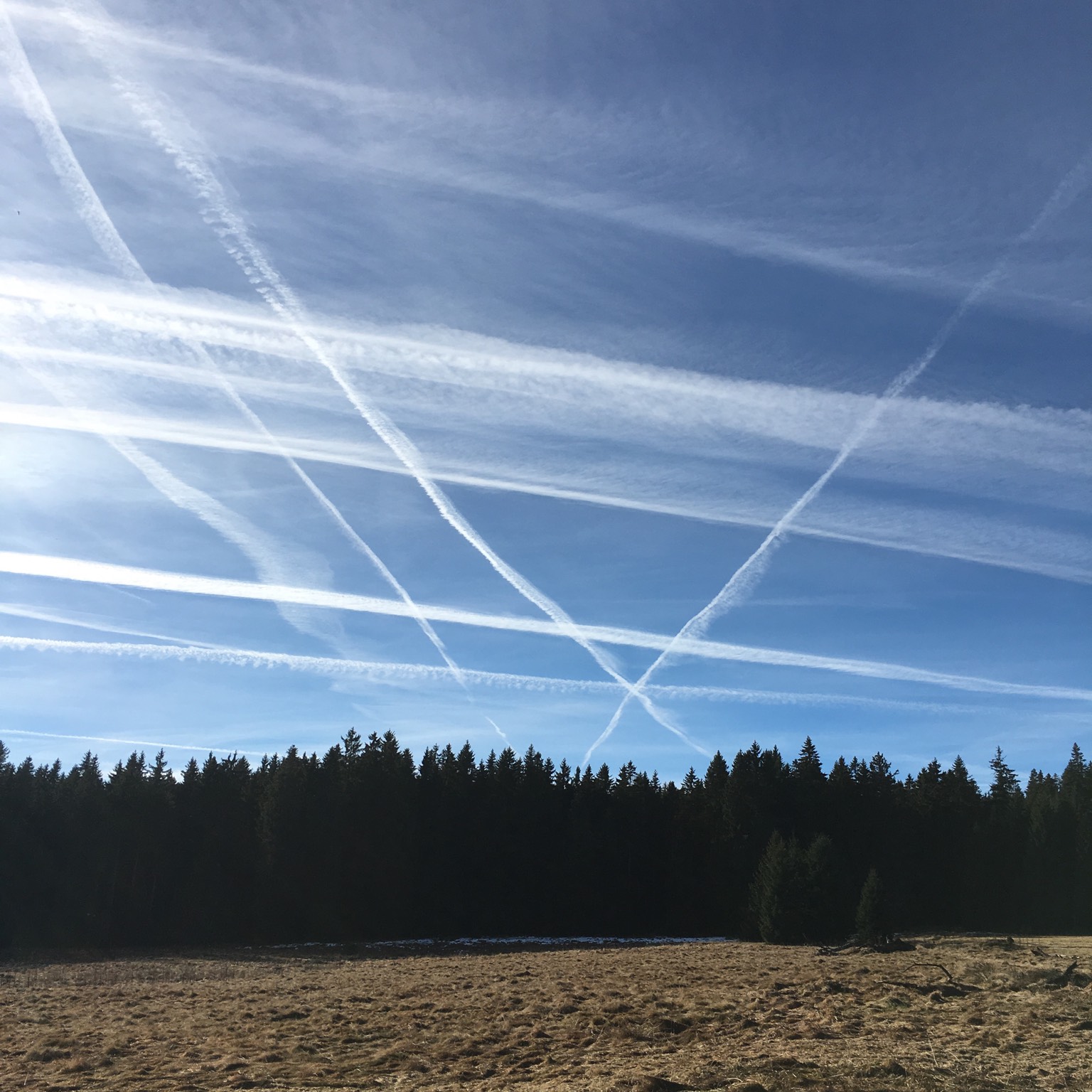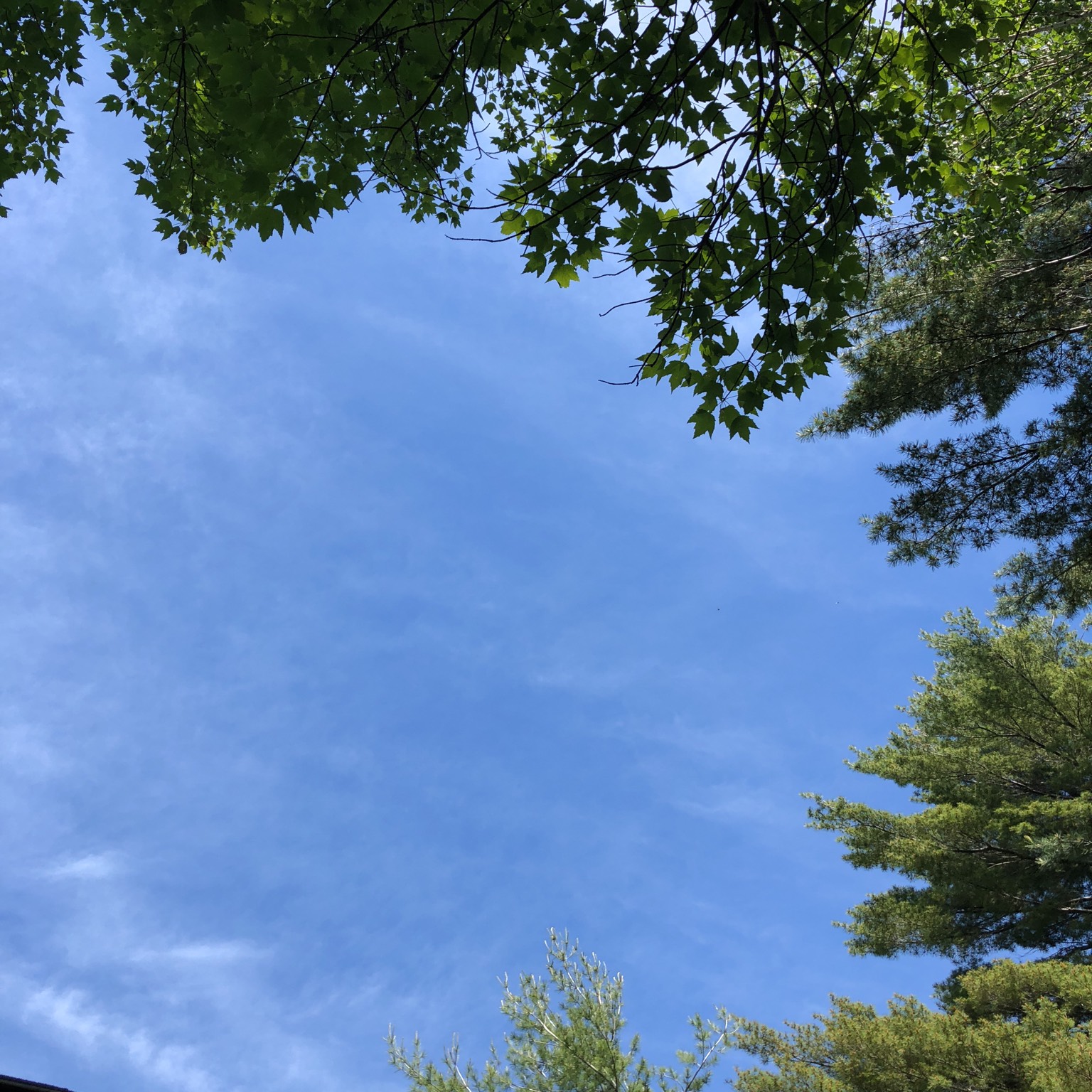This form of the high ice-crystal cloud Cirrus is named from the Latin for ‘having vertebrae’ because its icy streaks fan out like ribs from a central spine to resemble the skeleton of a fish.
The cloud forms with the winds up at cloud level flowing down the length of its spine. The cloud’s ice crystals likely fall through ‘shearing’ winds – which is when wind velocity varies markedly with altitude – and they typically fall from faster into slower wind speeds. The air that the ice crystals fall into below likely contains more moisture. This would account for why the cloud streaks spread outwards to form the branching ribs of the cloudy skeleton. As they fall and trail behind in the slower winds, the ice crystals act as catalysts for the formation of more ice, and so they become more plentiful within the lower, moisture airflows. In other words, the falling ice crystals encourage more crystals to form as they fall. This combined effect of the falling crystals trailing behind and spreading out likely gives the formation of Cirrus its distinctive skeleton appearance. The atmospheric conditions needed for vertebratus to develop mean that it is fairly rare.
Similar formations can develop a little more frequently from aircraft condensation trails. Here, the spine of the cloud begins as a contrail that happens to be aligned to the flow of the high winds, and whose water droplets freeze into ice crystals that fall below into slower, moister airflows. When a vertebratus formation develops from a manmade cloud like this, it is classed as Cirrus vertebratus homogenitus.
Image: Spotted over over the Catalina mountains, Tucson, Arizona, US by Richard Friedman.








